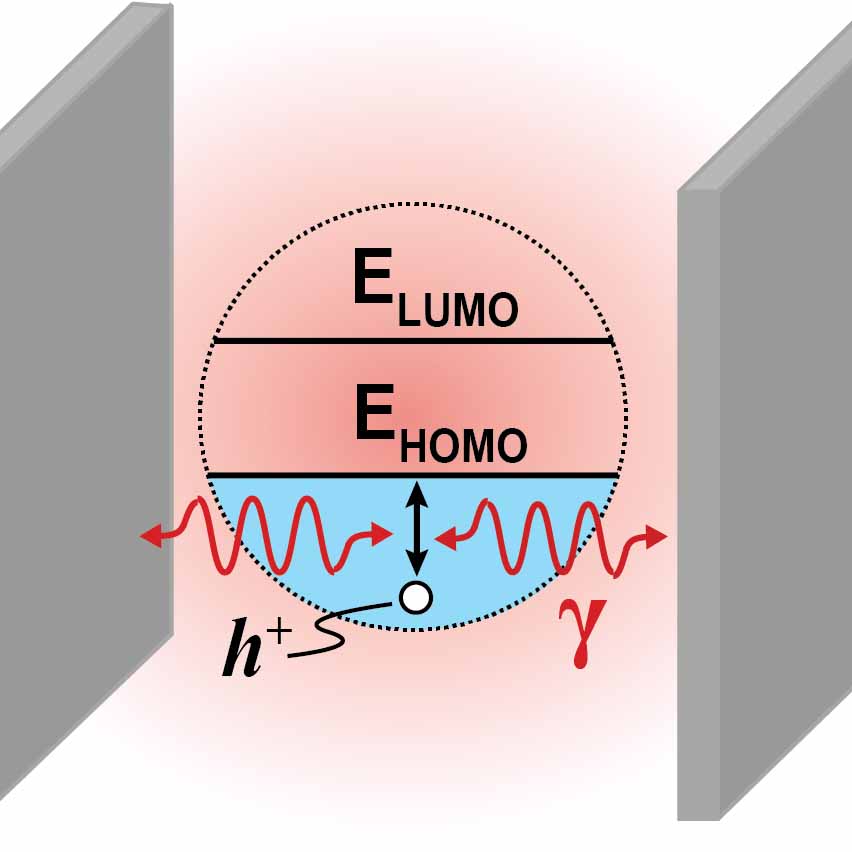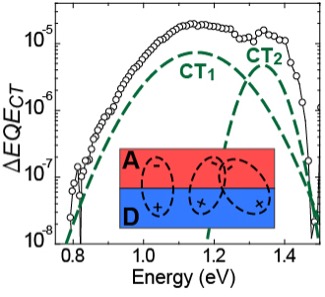Focus areas
Sunlight is a diffuse energy resource (~1 kW/m2), and thus all methods of solar energy capture and conversion have one feature in common – concentration. We are exploring new approaches to concentrate sunlight at both large and small scales for applications ranging from water desalination to power in space.
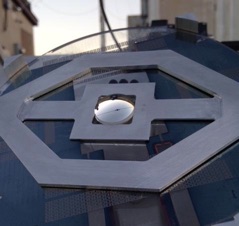
Microtracking CPV system being tested outdoors
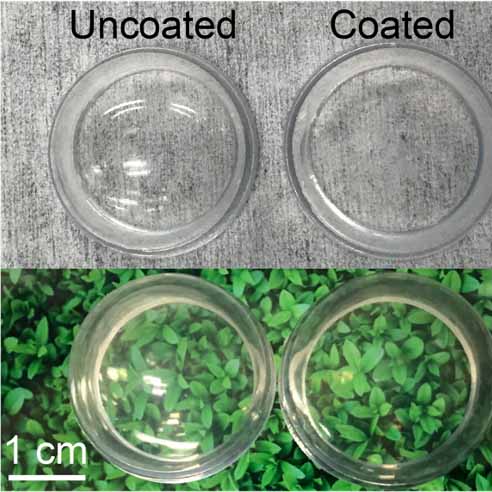
Graded index antireflection coating on a plexiglas dome
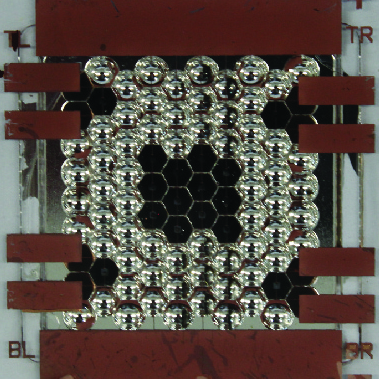
Prototype microscale CPV array for space power
The fields of organic and inorganic semiconductor optoelectronics have advanced along largely independent paths over the past few decades. This paradigm has recently begun to shift toward a combined approach, which opens up new avenues of research aimed at improving optoelectronic device functionality as well as understanding fundamental questions and phenomena that emerge from the synthesis of these two material classes.

Continuous wave lasing from a hybrid perovskite semiconductor

Flexible Kirigami organic light emitting diode prototype

Hybrid perovskite LED that lases under optical excitation
Numerous questions underlie the behavior of charge carriers, excited states, and light-matter interaction in the materials and devices that we work with. Using a variety of electronic probes and time-resolved optical spectroscopic techniques, we explore fundamental physical processes in disordered semiconductors and nanostructured materials that will form the basis for future optoelectronic innovation.
 Research
Research 